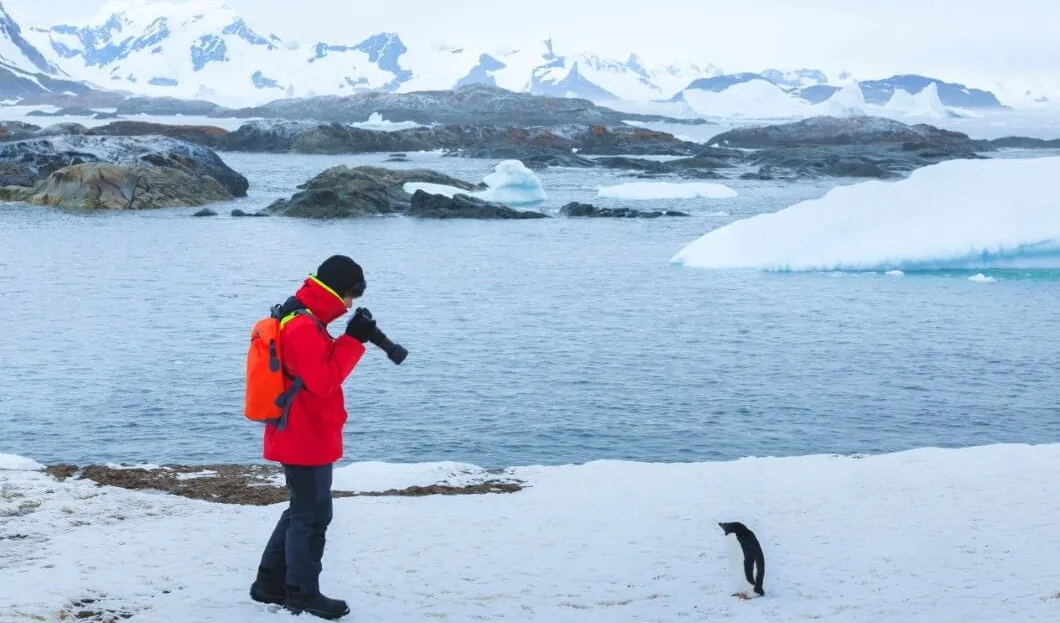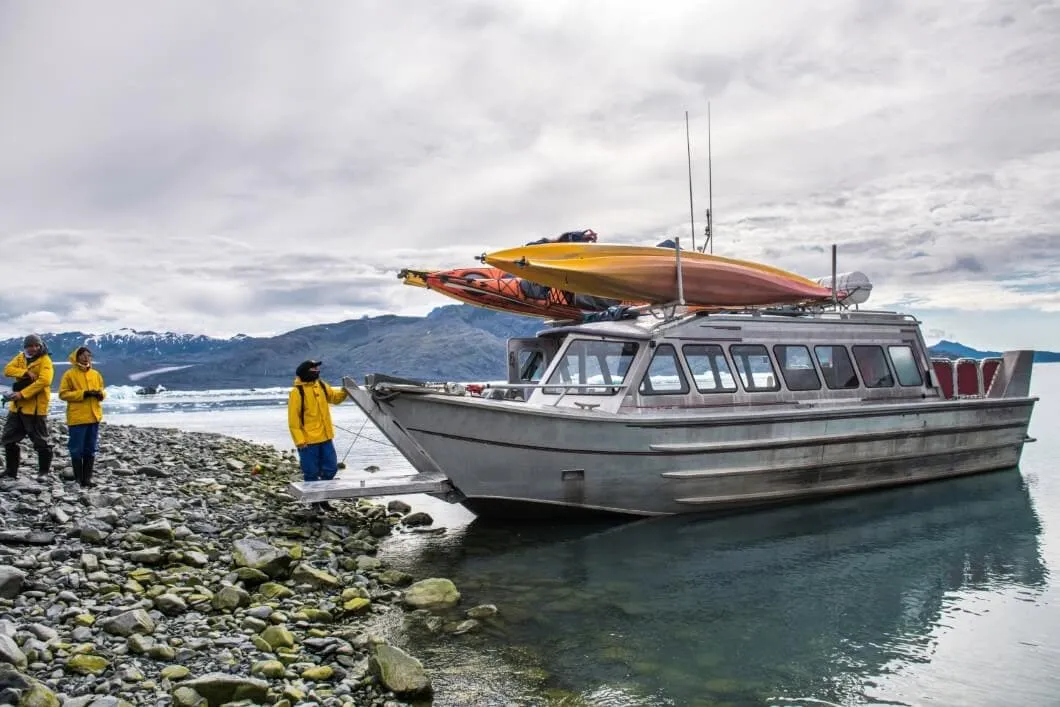
Once a secluded land meant only for scientists and select expeditions, Antarctica now attracts a wildly different crowd. Travelers, lured by endless frozen vistas, close-up visits with penguins and whales, and a chance to witness glaciers that seem to have stood still for ages, now flock here each season. The popularity of Antarctic tourism, while exciting, is stirring up worries about the fragile local environment – experts and conservationists alike are now urging immediate steps to keep the delicate balance intact.
The Rise of Antarctic Tourism
Antarctica’s new fame has come on like a bolt from the blue. Luxury cruise ships now make it easier than ever for adventurous souls to set course for the icy south. At the same time, social media – especially platforms like TikTok – has turned eye-catching clips of hot spring dips, impromptu shipboard parties and walks right among penguin colonies into must-see experiences.
As geographer Anne Hardy (University of Tasmania) pointed out, the “TikTok effect” has stirred up a hurricane of interest. What was once a marginal, niche spot now sits high on many itineraries; nearly two decades ago, only around 20,000 people would visit each year, but in the latest season, that number jumped to roughly 125,000. To put it mildly, it’s an increase that makes you wonder about the continent’s resilience. Meanwhile, the types of activities have exploded into a mix of ice marathons, kayak trips, mountain climbs, and even private events – all of which add even more pressure on this pristine wilderness.
Environmental Risk of Mass Tourism
Antarctica’s ecosystem isn’t just delicate—it’s incredibly sensitive, and even small disruptions might lead to big changes. Tourists might unintentionally carry along seeds, spores, or tiny critters on their gear and clothing, upsetting the local natural order. Sunscreens and other chemicals can seep into the waters, releasing toxins that harm marine life (krill, the tiny creatures that form the base of the food chain, are particularly vulnerable). Human presence in once completely untouched areas can put extra stress on animals like penguins and seals, whose routines aren’t meant for constant interference. And don’t forget the carbon footprint: with most visitors arriving on large cruise ships, the added emissions feed right into global warming, speeding up ice melting and temperature rises.
Regulatory Gaps and the Need for Stricter Measures
Unlike famed destinations with strict rules to safeguard the environment, Antarctica suffers from an unforgiving regulatory gap. While the Antarctic Treaty does set out a few rules, these limits aren’t easily enforced, and tourism-specific guidelines remain rather weak. This lack of clear, enforceable measures makes managing the ever-growing number of visitors pretty challenging. Suggestions now include capping tourist numbers each season to ease the strain, having visitors contribute financially to preservation, and even putting more effort into educating travelers on how to minimize their environmental tread. These ideas aim to strike a balance since the economic benefits of tourism come with a hefty price tag in potential ecological damage.

The High Cost of Popularity
Antarctic tourism might unlock new economic opportunities, but the cost to Antarctica’s untouched beauty is worryingly high. The very features that draw travelers—the unspoiled landscapes and unique wildlife—are at risk of being eroded by uncontrolled visitor traffic. Environmental advocates remind us that safeguarding Antarctica is not only about protecting a remote region; it’s a global responsibility. The continent plays a key role in regulating our climate and supporting a complex web of biodiversity, and if we lose it, we risk losing far more than just another travel destination.









